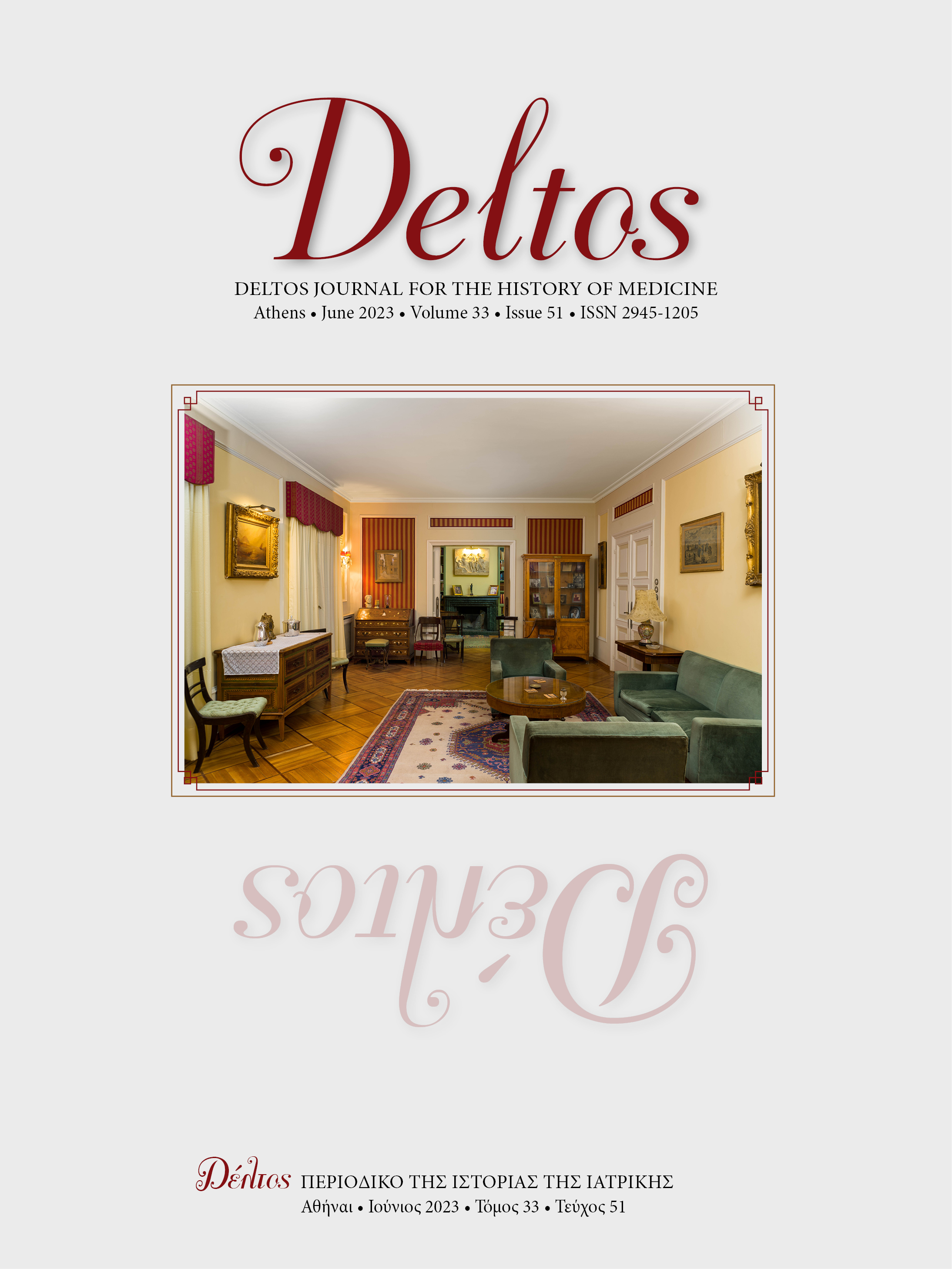Surgical instruments for plastic surgery operations in Ancient Greek and Byzantine times

Abstract
Background-Objective: Even though the term “plastic surgery” was first introduced in the 19th century, the study of ancient Greek and Byzantine medical manuscripts reveals a significant number of plastic surgery operations performed during these periods. The aim of this work is to present the surgical instruments that were used to conduct such operations.
Material-Method: The original manuscripts of ancient Greek and Byzantine physicians, including Hippocrates, Galen, Oribasius, Aetius, Paul of Aegina and Alexander of Tralles, were studied and analysed. The references concerning plastic surgery instruments were marked and are presented.
Results-Discussion: Ancient Greek and Byzantine physicians performed several plastic surgery procedures, i.e. reconstructions of defects in the nose, ears, eyelids, lips, cheeks, and forehead, while surgical restoration of female breasts, hypospadias, elderly loose jawbone, penile tumours, syndactyly, and polydactyly was also described in detail. Several surgical instruments with various functions were used for these procedures, such as tools for tissue cutting (scalpels, chisels), for tissue grasping (forceps), tissue preparation, haemostasis (cauteries), as well as tissue suturing. Many of these tools had a wide range of uses, while others appear to have been specifically designed for plastic surgery procedures.
Conclusion: Ancient Greek and Byzantine physicians possessed a comprehensive set of surgical instruments that effectively supported a wide range of plastic surgery procedures.
Article Details
- How to Cite
-
Papadakis, M. (2024). Surgical instruments for plastic surgery operations in Ancient Greek and Byzantine times. DELTOS, 33(51), 101–105. https://doi.org/10.12681/dj.38119
- Issue
- Vol. 33 No. 51 (2023)
- Section
- Research Papers

This work is licensed under a Creative Commons Attribution-NonCommercial 4.0 International License.


